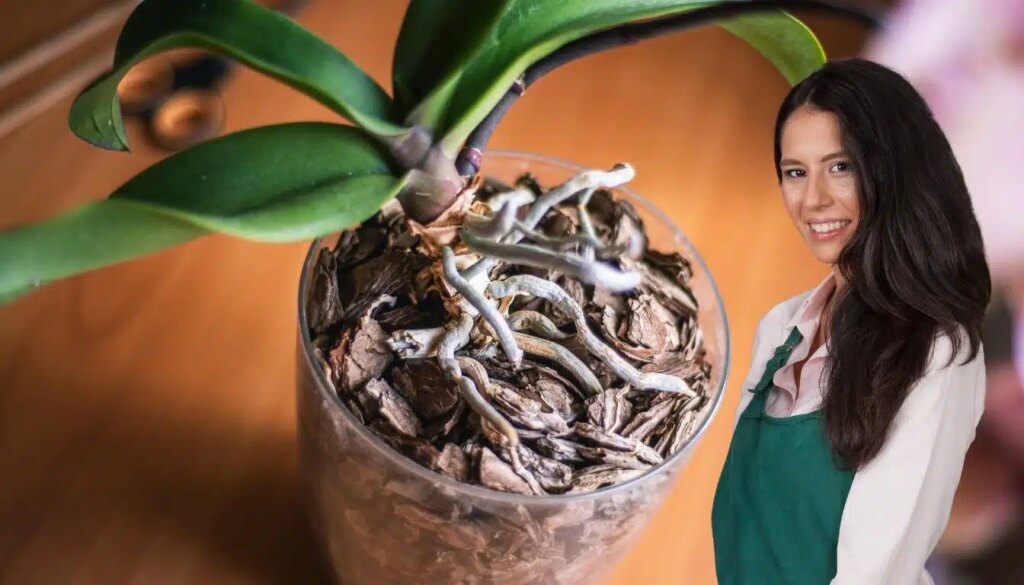Despite the approach of winter, the month of November still offers the opportunity to enrich one’s own vegetable garden with new plantations.
The idea of growing during this time might seem daunting due to the shorter days and dropping temperatures, but there is no shortage of surprises for those willing to get their hands dirty.
Being willing to experiment can bring great satisfaction in subsequent seasons, and keeping the ground covered helps protect it fromerosion. Why not take advantage of the possibility of having a fresh harvest even in the cold months?
The art of planting garlic
November is the ideal time to plant varieties of garlic white and violet. The latter, resistant to frost, fits perfectly into a land well drained and exposed to the sun.
It’s not just a practice of winter cultivationbut also a protection for the soil, keeping the garden vital and active.
Winter salads: Mâche and winter lettuces
Among the few salads that survive the rigors of the cold, the chew and the lettuces in winter they stand out for their resistance. It is recommended to transplant them in mid-November.
Consider growing these vegetables under one serra or protected by a winter storage to ensure optimal growth.
The surprises of the carrot seed
The carrots planted in this month, if well protected with a frame or a tunnel, can give early harvests as early as March.
The distance between rows should be 15-25 cm, and frost protection is essential to achieve good growth.
Plant the elegant échalote
The échalote can be planted between October and November, with a possible extension until December. These bulbs prefer a land light and well drained.
The spaces between the bulbs should be kept at 12-20 cm, while between the rows it is best to leave 25-40 cm.
Fève, the legume friend of autumn
The fave They are an excellent choice for autumn crops thanks to their preference for cool climates. They can be planted in south-facing gardens or under clearing.
They prefer a land spacious, with rows spaced 30-40 cm apart.
The importance of planting oignon blanc
The white onions they can be sown until mid-November. To avoid moisture problems, plant them on trees butte promotes natural drainage.
Even if winter rains are sufficient, these small attentions help ensure robust growth.
For those who want a textbook spring harvest, November represents the last opportunity to sow what will be the protagonists of delicious dishes.
Harnessing the potential this month is key to ensuring abundant, healthy surprises in the months to come.







